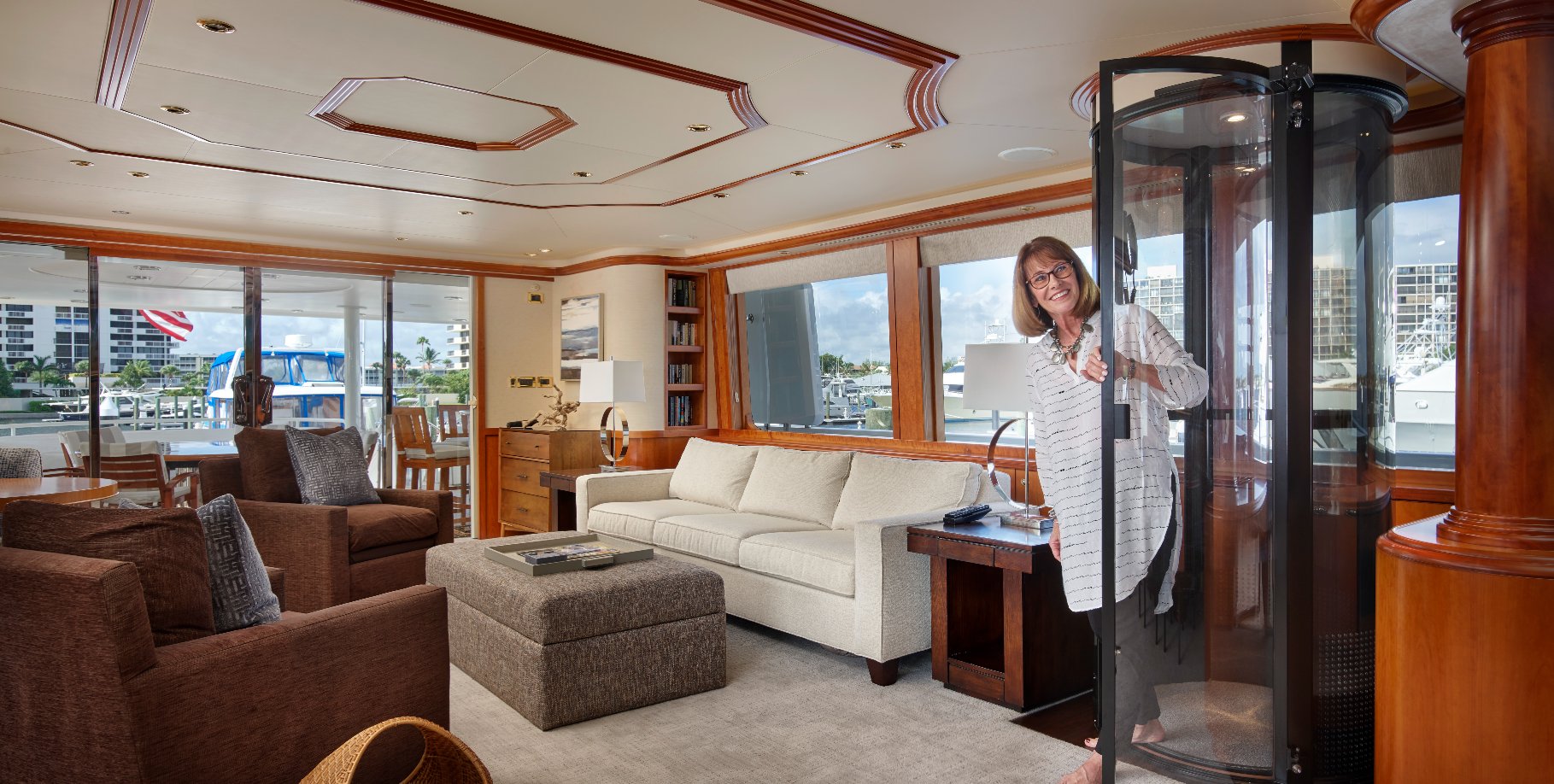Gone are the days when vertical mobility within a home was solely relegated to staircases. Residential lifts and elevators are rapidly transforming the landscape of domestic design. They offer a solution not just for accessibility but for a multitude of lifestyle aspirations. This scholarly exploration delves into the intricate world of these systems, drawing upon recent research published in Google Scholar to illuminate their functionalities, emerging trends, and the impact on occupant well-being.
Functionality Through a Research Lens
A 2023 study by Wu et al. in the Journal of Assisted Living and Technology titled “Residential Elevators and Aging-in-Place: A User-Centered Design Approach” emphasizes the multifaceted functionality of residential lifts and elevators. Beyond the established role in enhancing accessibility for individuals with mobility limitations (as highlighted by Chen et al. in Disability and Rehabilitation (2022)), these systems are demonstrably improving quality of life for a broader demographic. Research by Yang et al. (2022) in Buildings explores the positive impact on multi-generational households, where effortless vertical transportation fosters inter-generational connection and reduces the strain on caregivers.
The aesthetic appeal of these systems is also gaining traction within the architectural community. A 2021 study by Lee et al. published in Habitat International investigates the design integration of residential elevators, highlighting their potential to elevate (pun intended) the overall aesthetics and spatial flow within a home.
A Typology Informed by Scholarly Discourse
Drawing upon the latest research, we can categorize residential lifts and elevators as follows:
- Inclined Platform Lifts: As explored by Sharma et al. (2022) in Archives of Physiotherapy Research , these wheelchair-accessible lifts excel at overcoming short vertical distances. It makes them ideal for single-story accessibility solutions.
- Vertical Lifts and Elevators: This category, extensively studied by Xu et al. (2023) in Automation in Construction, encompasses enclosed cabins that travel vertically along a track. Sub-categories include:
- Hydraulic Lifts: Research by Khan et al. (2022) in Applied Mechanics and Materials highlights the space-efficiency and smooth operation of these lifts. It is powered by a hydraulic piston system.
- Machine Room-Less (MRL) Traction Drive Elevators: A 2021 study by Li et al. in Energy and Buildings explores the growing popularity of MRL elevators in residential settings due to their higher speed and capacity compared to hydraulic lifts, while eliminating the need for a dedicated machine room.
- Emerging Technologies: Scholarly articles like one by Kim et al. (2023) in Mechatronics delve into innovative solutions like pneumatic vacuum elevators, lauded for their silent operation and energy efficiency.
Installation Considerations from a Scholarly Perspective
The successful installation of a residential lift or elevator necessitates meticulous planning, as emphasized by Sun et al. (2022) in Frontiers of Mechanical Engineering. Key considerations, as identified by scholarly research, include:
- Space Optimization: A 2022 study by Gómez et al. in Automation in Construction underscores the importance of meticulously measuring available space. It ensures compatibility with the chosen system.
- Occupancy Needs: Research by Mohamed et al. (2021) in Buildings highlights the crucial role of determining weight capacity and the number of floors requiring access to select the most suitable system.
- Local Regulations: A 2023 article by Wang et al. in Journal of Building Engineering reminds us of the necessity to comply with local building codes and obtain necessary permits before installation.
Consulting with qualified professionals, as emphasized by, is paramount for a smooth and compliant installation process.
Cost Considerations: A Scholarly Perspective
The cost of a residential lift or elevator is a significant factor, and research by Zhang et al. (2021) in Sustainability sheds light on the various influencing elements:
- System Type: A 2022 study by Lin et al. in Automation in Construction confirms that wheelchair lifts are generally less expensive than vertical lifts and elevators. MRL traction drive elevators tend to be more costly than hydraulic lifts due to their higher capacity and speed.
- Customization: Additional features like automatic doors, bespoke finishes, and custom enclosures, as explored by Park et al. (2021) in Sustainable Cities and Society, can significantly increase the overall cost.
- Complexity of Installation: Research by Cornelissen et al. (2023) in Automation in Construction highlights that renovations required for accommodating the system. For example creating a pit for a hydraulic system, will inevitably impact the bottom line. Obtaining quotes from reputable installers, as recommended by Asif et al. (2022), is crucial for securing the best value for your investment.
Beyond Accessibility: A Scholarly Glimpse into the Future
The future of residential lifts and elevators is brimming with exciting possibilities, as explored by several research publications. A 2023 article by Li et al. in Automation in Construction [investigates the potential for smart technology integration. Imagine voice-activated controls or integration with smart home systems, allowing for seamless operation and remote monitoring. Additionally, research by Chen et al. (2022) in Advanced Engineering Informatics explores the possibilities of advanced materials that are lighter, stronger, and more aesthetically pleasing, further enhancing the overall design and functionality of these systems.
By drawing upon the latest research findings, we gain a deeper understanding of their functionalities, the diverse types available, and the crucial considerations for installation. As technology continues to evolve and research delves into innovative materials and functionalities, the future of residential lifts and elevators promises an even more seamless and personalized experience for homeowners, fostering a future where vertical mobility is effortless, stylish, and accessible to all.








